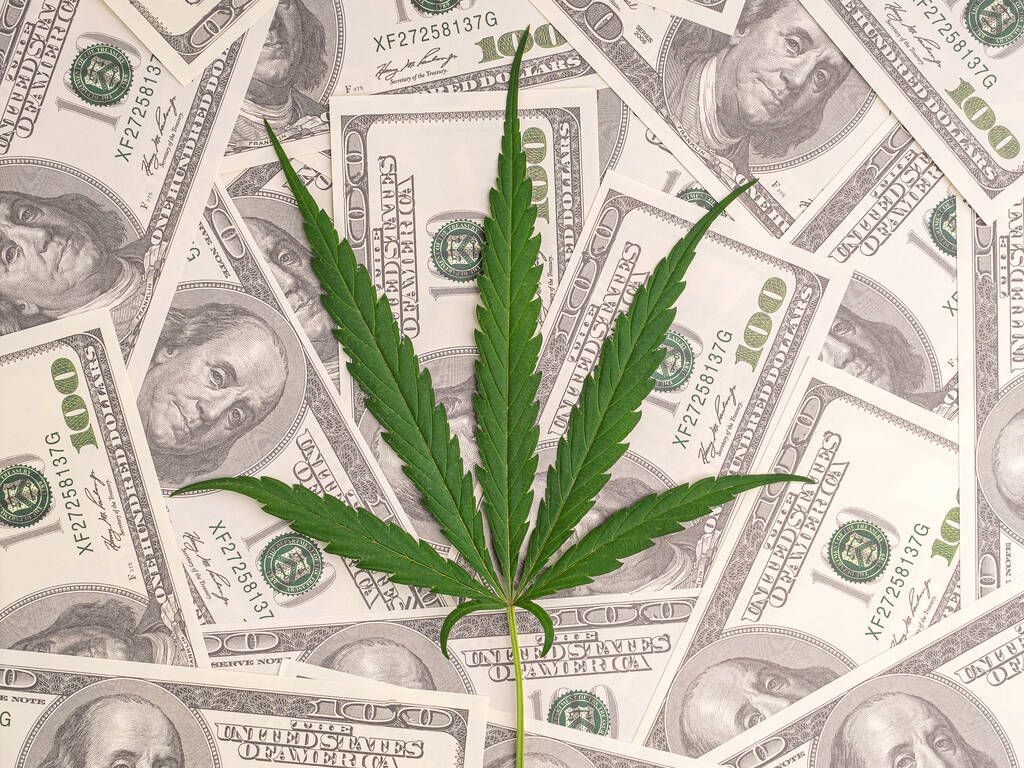In Connecticut, over $23 million worth of marijuana was sold legally in September, marking another strong month for the state’s marijuana market.

A total of $23,445,921 was sold, with $16,612,316 coming from recreational marijuana and $6,833,605 from medical marijuana purchases.
This follows August’s impressive sales of $25,664,059, which marked the first time the market crossed the $25 million mark since December 2023. While September’s sales were slightly lower, they continue to demonstrate the steady demand for both recreational and medical cannabis in the state.
In comparison, the state saw $24,653,219 in sales in July and $23 million in June, with the majority of these sales being for recreational use.
Total marijuana sales for 2024 now stand at approximately $223 million, bringing the all-time total to over $523 million. In 2023, the yearly total reached $274 million.
Connecticut legalized marijuana in 2021, with the first store opening in January 2023. Those 21 and older are allowed to possess up to one and a half ounces of marijuana in public and up to five ounces in a locked container. They can also grow up to six plants for personal use, with a maximum of three mature plants. Marijuana and marijuana products are sold via licensed marijuana retail outlets and dispensaries.
The state imposes a 6.35% sales tax on recreational marijuana sales. An excise tax is also applied based on the THC content of the product:
- Cannabis flower/plant material is taxed at $0.00625 per milligram of THC.
- Edible cannabis products are taxed at $0.0275 per milligram of THC.
- Other cannabis products are taxed at $0.009 per milligram of THC.
Marijuana tax revenue is distributed as follows:
- Social Equity and Innovation Fund: A significant portion (60%) of the excise tax revenue is allocated to this fund, which supports communities disproportionately affected by the war on drugs. The goal is to foster social equity in the cannabis industry and beyond.
- Substance Abuse Treatment and Prevention: About 25% of the revenue goes toward funding substance abuse treatment and prevention programs. This allocation is designed to address the public health impacts associated with substance use.
- General Fund: The remaining 15% of the revenue is directed to the state’s General Fund, which supports various state government operations and services.




